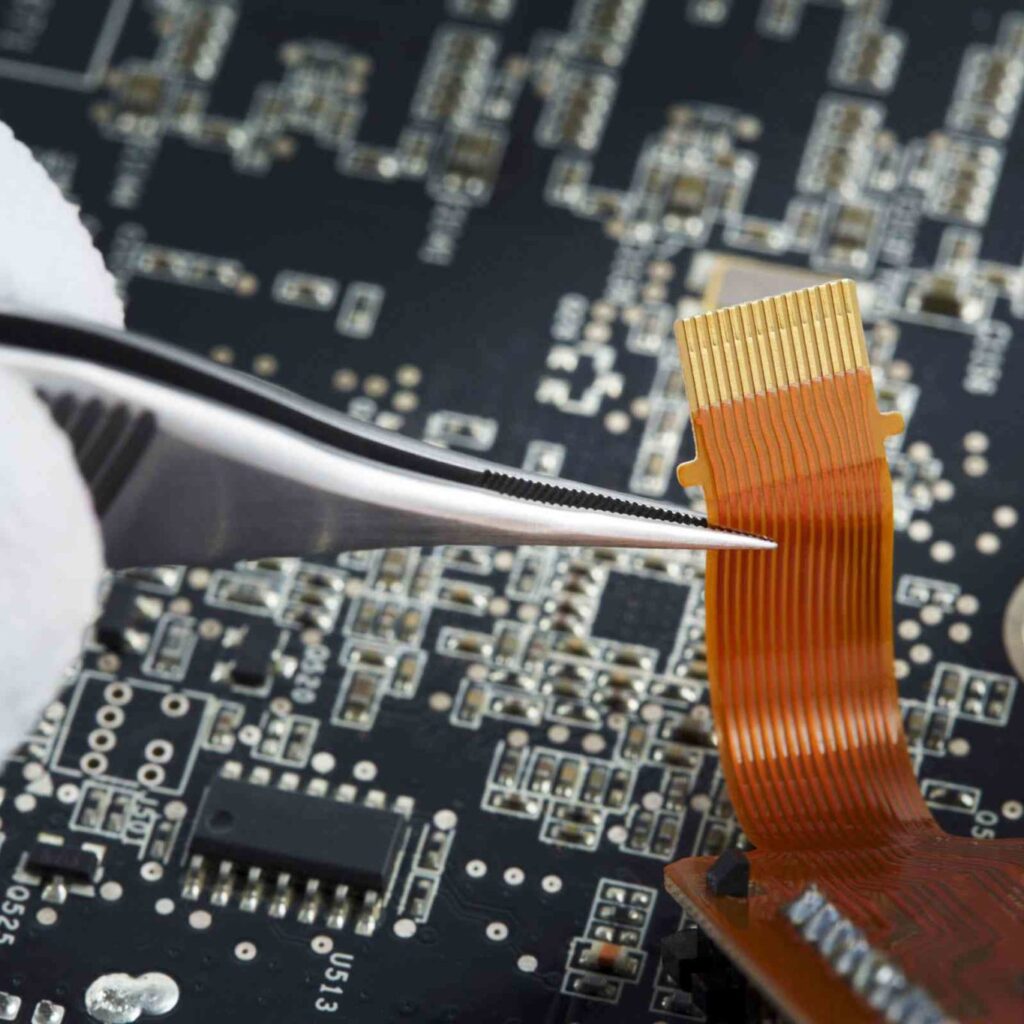Are printed circuit boards made in the USA?
A Brief History of Printed Circuit Boards (PCBs)
The printed circuit board (PCB) was invented in the United States in the 1930s by Paul Eisler. Originally PCBs were made by hand, but by the 1950s companies began producing them commercially in the US using etched copper laminates.
The Rise of Electronics Manufacturing in Asia

In the 1970s-1980s, electronics manufacturing started shifting to Asia to take advantage of lower labor and production costs. Many US PCB manufacturers couldn’t compete and either went out of business or moved manufacturing overseas. This meant most PCB fabrication shifted away from the US.
Current State of US PCB Production
There are still some PCB manufacturers operating in the US today catering mainly to defense, aerospace, and some high-mix commercial demand. However, the volume of PCB production in the US is a very small percentage of the global market. Most PCB production now takes place in China and other parts of Asia.
What Percentage of PCBs Are Made in the USA?
According to industry estimates, only around 5% of the world’s PCB production takes place in the United States currently. The remaining 95% takes place abroad, primarily in China which dominates global PCB fabrication.
Global PCB Production Statistics
| Country | % of PCB Production |
|---|---|
| China | Over 50% |
| Rest of Asia | 40% |
| North America | 5% |
| Europe | 3-4% |
| Rest of World | 1-2% |
So while there are some domestic PCB makers left in America, the vast majority of circuit boards used in electronic devices and components are produced overseas.
Why Did PCB Production Shift to Asia?
There were a few key reasons why printed circuit board fabrication migrated to Asia, especially China, over the last few decades:
1. Lower Labor Costs
Overseas labor rates are much lower than in the US – this helped significantly reduce PCB production costs.
2. Scale and Specialization
China in particular has massive specialized PCB factories allowing very efficient high volume production.
3. Proximity to Electronics Supply Chain
Locating close to downstream electronics assembly meant lower logistics costs.
4. Government Incentives
Chinese government support like subsidies and land grants helped establish a thriving PCB industry.
5. Weakening US Manufacturing
Lack of investment and outsourcing hurt American electronics and PCB competitiveness.
So the combination of cheaper production factors, scale, supply chain proximity, and aggressive Chinese industrial policy were key drivers in the PCB industry migration.
Are There Any Large-Scale PCB Makers Left in the USA?
There are still some reasonable sized PCB manufacturers left operating in the United States, though small compared to Asia’s mega-factories. Some of the larger domestic PCB producers include:
TTM Technologies
One of the biggest remaining US-based PCB manufacturers with several US plants. Focuses mainly on aerospace, defense, and some commercial clients.
Sanmina Corporation
A large electronics manufacturing services company with some domestic PCB fabrication capabilities.
AT&S
An Austrian company but with a plant in Waterbury, Connecticut manufacturing high-layer-count PCBs.
Ventec
A specialist PCB maker catering to defense, aerospace, and medical industries.
While these companies still produce appreciable volumes of circuit boards in the US, they are small compared to the scale of offshore – especially Chinese – PCB production. And in many cases, they also have factories abroad.
What Types of PCBs Are Still Made in America?
The printed circuit boards still manufactured at scale in the US tend to be higher-mix, higher-complexity boards for specialized applications like:
Defense
Complex military-grade PCBs meeting specialized test and certification standards.
Aerospace
Boards for guidance systems, flight control, avionics etc. Reliability critical.
Medical
Stringent quality control for boards used in devices like medical imaging.
Industrial
Special safety considerations for boards used in areas like energy infrastructure.
Prototyping
Quick-turn boards for R&D and testing new products.
So the US retains some domestic production of complex, high reliability PCBs. But higher volume commercial commodity board fabrication has largely moved offshore.
Outlook for US PCB Manufacturing
Given the entrenched cost and scale advantages of Asian PCB producers, it is unlikely that high volume commercial board fabrication will return to the US at any large scale. However, the domestic PCB industry seems positioned to continue serving specialized niches.
Trends Favoring US PCB Makers
- Emphasis on managing sensitive defense/aerospace IP domestically
- Shorter supply chains and inventory buffer trends
- Growth in local prototyping demand

If US factories continue accessing key specialized markets and leverage proximity advantages, they can sustain a presence, albeit as a relatively small player globally. However, competing in mainstream commercial PCB production seems an uphill battle given Asia’s dominance.
FAQ
What percentage of printed circuit boards are made in China vs USA?
Over 50% of PCBs are produced in China compared to around 5% made in the USA based on current industry estimates.
Why did PCB manufacturing leave the United States?
It migrated overseas over several decades to take advantage of substantially lower labor costs, scale, proximity to electronics assembly plants in Asia, favorable government policies abroad, and lack of domestic competitiveness.
Are there any PCB manufacturers left in America?
Yes, there are still PCB companies operating in the US serving mainly defense, aerospace, medical, industrial and quick-turn prototyping demand. Larger players include TTM Technologies and Sanmina.
What drived PCB fabrication overseas?
Cheaper labor, specialized large-scale factories in China, co-location with electronics supply chain, foreign government incentives, and declines in US manufacturing industry competiveness were key factors.
Could PCB production come back to the US?
It likely won’t return at major commodity production levels given Asia’s cost and scale dominance. But US PCB makers retain specialized niches in high-mix, high-complexity boards that should sustain a presence.




